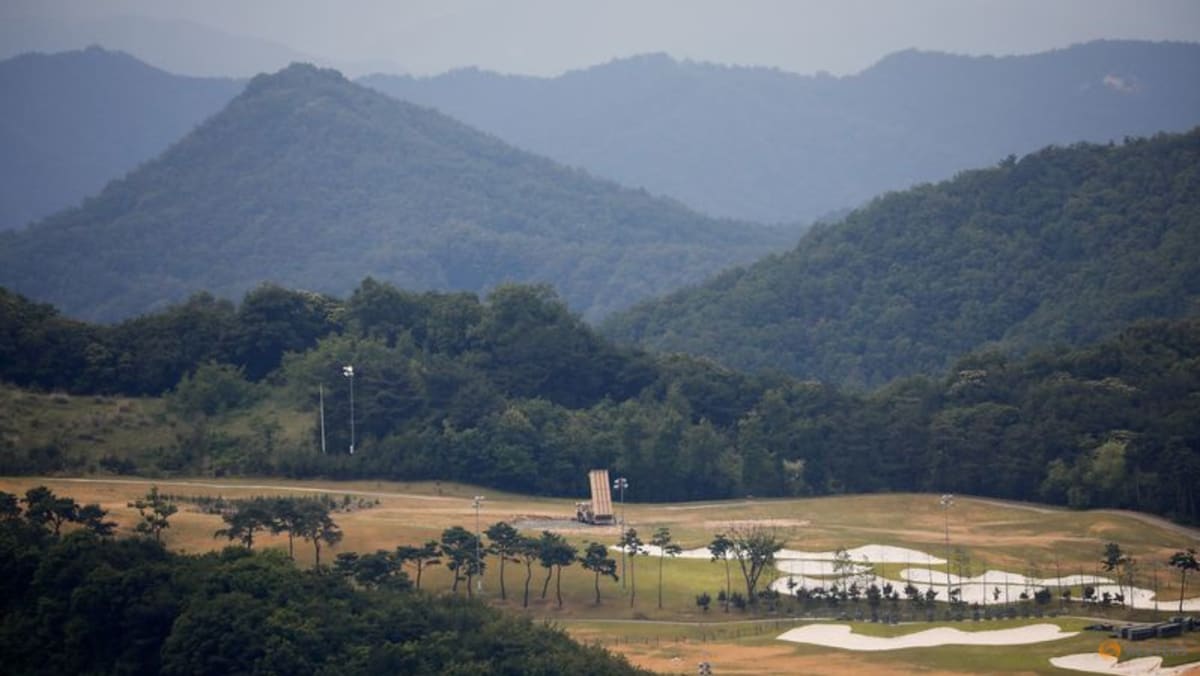South Korea environmental impact review clears way for US missile defence system

SEOUL: A South Korean environmental impact assessment of a United States missile defence system found “insignificant” electromagnetic radiation relative to safety standards, the defence ministry said on Wednesday (Jun 21), clearing the way for its permanent deployment.
The Terminal High Altitude Area Defense (THAAD) system installed in South Korea in 2017 generated a maximum level of electromagnetic radiation below 0.2 per cent of the safety standards, the ministry said. China and some residents had complained about its placement in the southeastern air base of Seongju.
“The latest environmental impact assessment is a preceding step for the normalisation of the Seongju base,” the ministry said in a statement.
The study result is expected to clear the way for additional infrastructure construction for the system. Officials have said THAAD could not be operated at its full capacity amid protests from nearby residents who raised concerns over the system’s impact on their health.
China has also angrily reacted to the installation, contending that the system’s powerful radar could peer into its airspace.
The US and South Korea have said THAAD is for self-defence, meant to counter North Korea’s evolving threats.
The nuclear-armed North has been testing various weapons, including its biggest intercontinental ballistic missile, ramping up tension with the South and its main ally, the US.
Source: CNA















